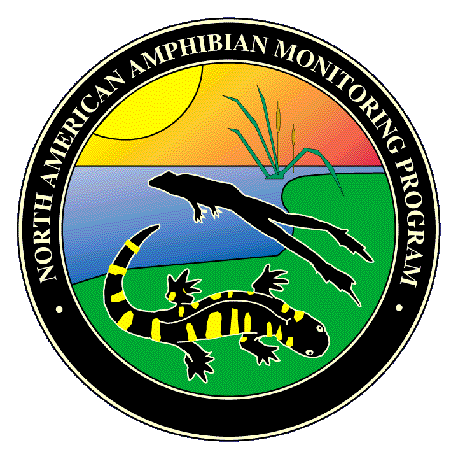|
Quick Locater Basic Conduct Beaufort Wind Codes Calling Index Datasheet Instructions |
||||||||||||||||||||||||||||||
|
General Instructions For Running A TAMP Road Route and Filling Out The Datasheet |
||||||||||||||||||||||||||||||
|
In the year 2000, the state coordinators for the North American Amphibian Monitoring Program (NAAMP) met in Nashville to create a unified sampling protocol for all to use. These protocols are based on the experience gained in previous field seasons and take into account biological, statistical and practical considerations. As a result there have been a few changes in the way Tennessee routes are run and the datasheet is filled out. In addition, the datasheet has been simplified and standardized to meet NAAMP protocols. Below are the new protocols.
|
||||||||||||||||||||||||||||||
|
Unified Protocols of the North American Amphibian Monitoring Program
|
||||||||||||||||||||||||||||||
|
Required Elements *Only 1 observer per datasheet. If you have an assistant who also wants to collect data on the route, fill out one datasheet each. Listen and record your data separately and independently. Each datasheet should have the following basic information:
Be sure to record the following information at both the start and finish of your survey night.
Be sure to record the following information at every stop on your route:
A survey or run should be conducted by one observer, in 1 through 10 order, in one night. One observer is encouraged, but not required, to conduct all runs of a route in one year. Start a survey 30 minutes after sunset or later in the evening. Complete a survey by 1:00 a.m. (Don’t worry, a couple hours is usually enough time to complete a route.)
The sampling window is the period of time in which a sampling survey should be conducted. Sampling periods are determined on a regional basis, to reflect when local species are active. The sampling windows for Tennessee have been changed.
*Collect data on the “first available night” when conditions are met (in a sampling period, it’s a good frog night). “First available” includes your own commitments and schedule, but if you can put “frogs first” please do! You never know if another good night will happen within the sampling window.
The listening period is now 5 “effective*” minutes. No initial waiting time on arrival. Begin survey immediately. If there is a small disturbance or some constant background noise, survey time is still just 5 consecutive minutes. *Effective-If there is a significant disturbance, lasting a minute or more, then do not count this as part of the 5 minute listening period. Mark the “time out” box on your datasheet, and finish up the listening time after disturbance has passed.
There were no changes to the TAMP calling index and it remains as follows: 1 = Individuals can be counted; there is space between calls 2 = Call of individuals can be distinguished, but there is some overlapping calls 3 = Full chorus, calls are constant, continuous and overlapping
There were no changes to the TAMP sky codes and they remain as follows: 0 = Few clouds 1 = Partly cloudy or variable sky 2 = Cloudy or overcast 4 = Fog or smoke 5 = Drizzle or light rain (hearing unaffected) 7 = Snow 8* = Showers (hearing ability impaired) (* Do not conduct survey when Sky Code is 8)
There were no changes to the TAMP wind codes and they remain as follows: 0 = Calm (<1 mph) smoke rises vertically 1 = Light Air (1-3 mph) smoke drifts, weather vane inactive 2 = Light Breeze (4-7 mph) leaves rustle, can feel wind on face 3 = Gentle Breeze (8-12 mph) leaves and twigs move around, small flag extends 4* = Moderate Breeze (13-18 mph) moves thin branches, raises loose paper 5* = Fresh Breeze (19-24 mph) trees sway (* = Do not conduct survey)
Air temperature is one of the criteria the survey uses to determine if sampling conditions were good for detecting amphibians. Each survey period or run has a minimum temperature requirement. Do not conduct a survey when the temperature is below the minimum requirement.
•
|
||||||||||||||||||||||||||||||
|
When you have completed your run, return the original* datasheet to:
Bob English *Be sure to make a copy of the datasheet in case it gets lost in the mail and for your own records.
Updated March 15, 2002 |


